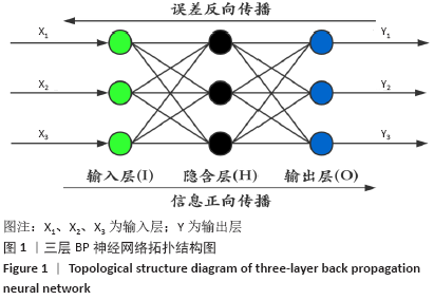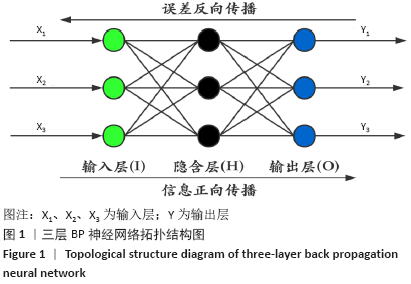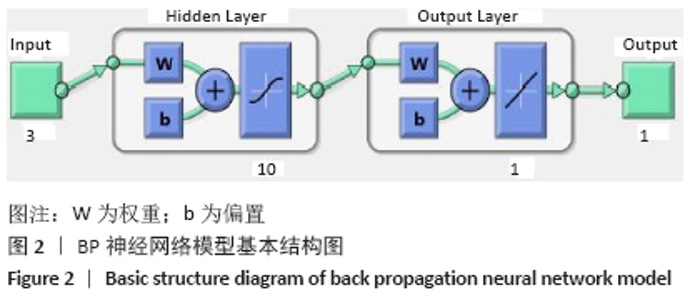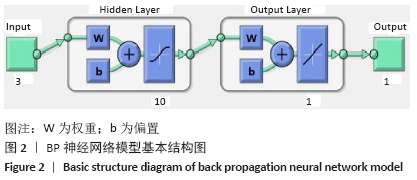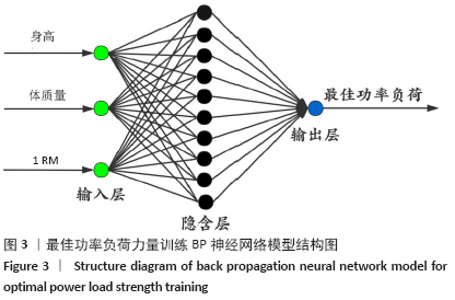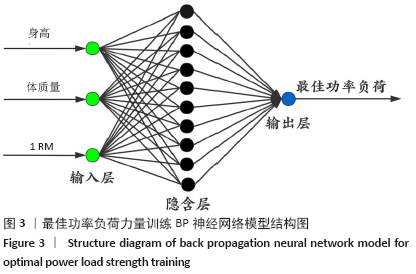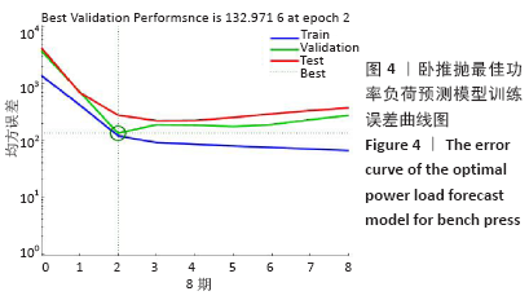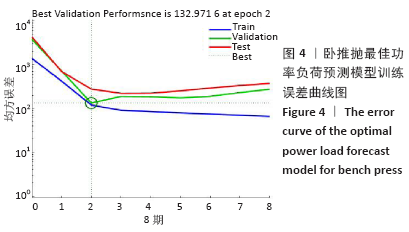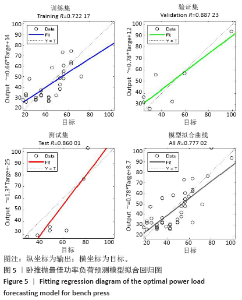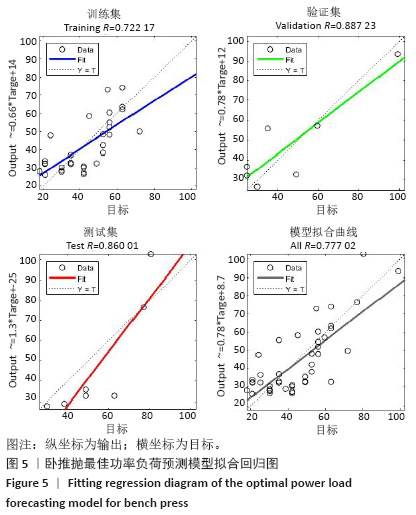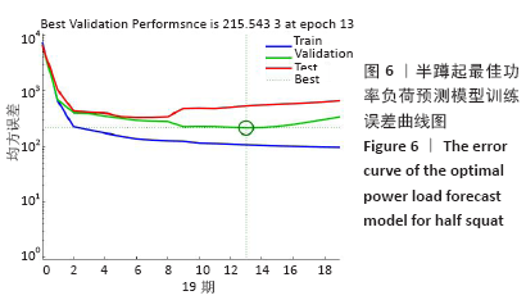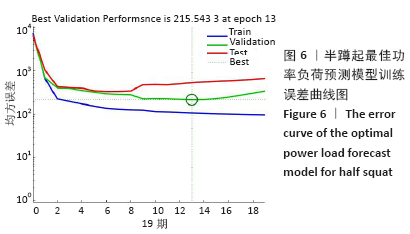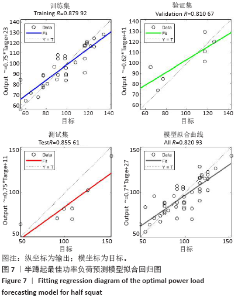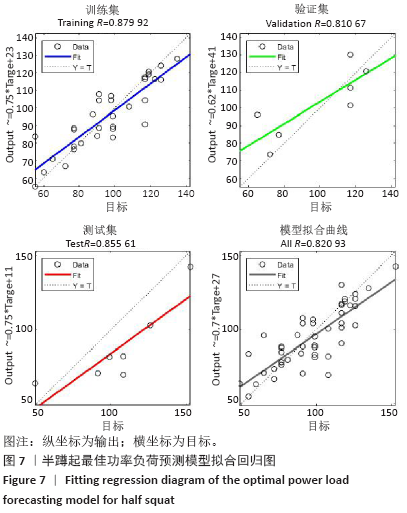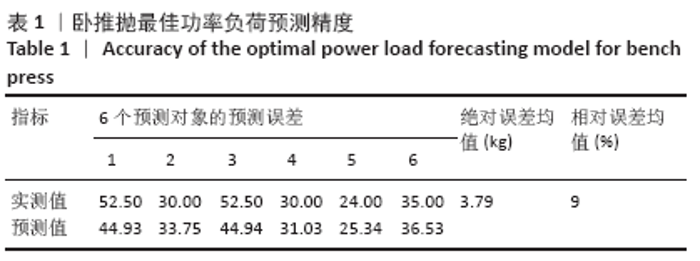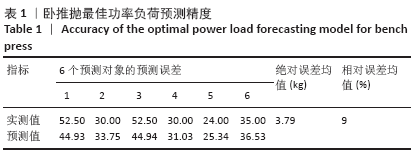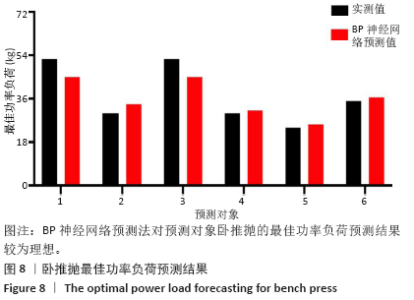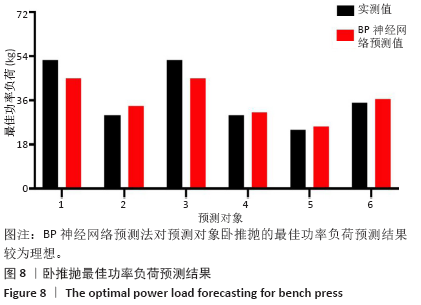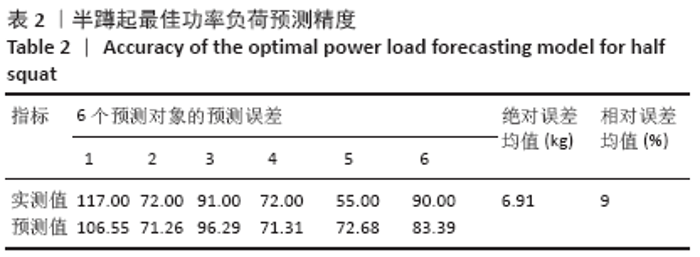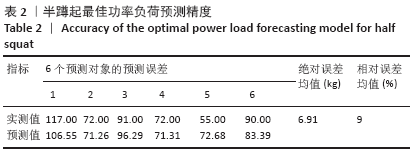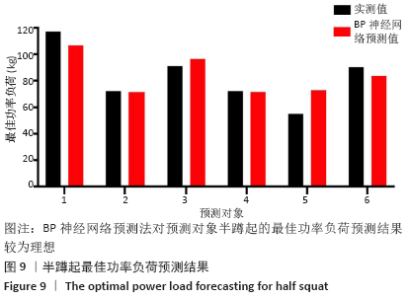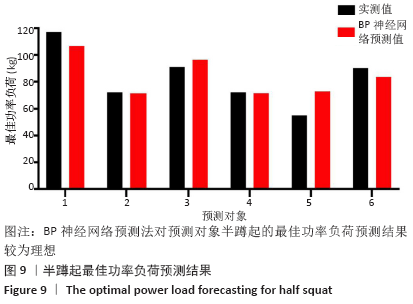[1] KAWAMORI N, HAFF GG. The optimal training load for the development of muscular power. J Strength Cond Res. 2004;18(3):675-684.
[2] LOTURCO I, ARTIOLI GG, KOBAL R, et al. Predicting punching acceleration from selected strength and power variables in elite karate athletes: a multiple regression analysis. J Strength Cond Res. 2014; 28(7):1826-1832.
[3] MAESTRONI L, READ P, BISHOP C, et al. Strength and power training in rehabilitation: underpinning principles and practical strategies to return athletes to high performance. Sports Med. 2019;50(2): 239-252.
[4] ALIJAN A, YAHYA J, MANSOUR B, et al. The role of quadriceps muscle strength in the development of falls in the elderly people, a cross-sectional study. Chiropractic Manual Therapies. 2018;26(1):1-6.
[5] LOTURCO I, BISHOP C, RAMIREZ-CAMPILLO R, et al. Optimum power loads for elite boxers: case study with the Brazilian national olympic team. Sports. 2018;6(3):95-104.
[6] FREITAS TT, CALLEJA-GONZÁLEZ J, CARLOS-VIVAS J, et al. Short-term optimal load training vs a modified complex training in semi-professional basketball players. J Sports Sci. 2019;37(4):434-442.
[7] MASON BRJ, ARGUS CK, NORCOTT B, et al. Resistance training priming activity improves upper-body power output in rugby players: implications for game day performance. J Strength Cond Res. 2017; 31(4):913-920.
[8] BEHM DG, YOUNG JD, WHITTEN JHD, et al. Effectiveness of traditional strength vs. power training on muscle strength, power and speed with youth: a systematic review and meta-analysis. Frontiers Physiol. 2017; 8:423.
[9] PEREIRA LA, NIMPHIUS S, KOBAL R, et al. Relationship between change of direction, speed, and power in male and female national olympic team handball athletes. J Strength Cond Res. 2018;32(10):2987-2994.
[10] CROSS MR, BRUGHELLI M, SAMOZINO P, et al. Methods of power-force-velocity profiling during sprint running: a narrative review. Sports Med. 2017;47(7):1255-1269.
[11] MARTÍNEZ-CAVA A, MORÁN-NAVARRO R, SÁNCHEZ-MEDINA L, et al. Velocity-and power-load relationships in the half, parallel and full back squat. J Sports Sci. 2019;37(10):1088-1096.
[12] SCOTT BR, DUTHIE GM, THORNTON HR, et al. Training monitoring for resistance exercise: theory and applications. Sports Med. 2016;46(5): 687-698.
[13] 陈庆果,彭彪,杨世军,等. 基于神经网络模型的加速度计活动强度算法研究[J]. 天津体育学院学报,2017,32(1):45-50,80.
[14] 罗晓洁,王卉,张崇林. 基于人工神经网络的大学生体脂百分比预测方程的构建[J].上海体育学院学报,2019,43(3):121-126.
[15] HAFF GG, TRAVIS NT. Essentials of Strength Training and Conditioning 4th Edition. Champaign (IL): Human Kinetics.2015.
[16] POTIAUMPAI M, GANDIA K, RAUTRAY A, et al. Optimal loads for power differ by exercise in older adults. J Strength Cond Res. 2016;30(10): 2703-2712.
[17] LOTURCO I, UGRINOWITSCH C, ROSCHEL H, et al. Training at the optimum power zone produces similar performance improvements to traditional strength training. J Sports Sci Med. 2013;12(1):109-115.
[18] KRAEMER WJ, NEWTON RU. Training for muscular power. Physical Med Rehabil Clinics. 2000;11(2):341-368.
[19] SORIANO MA, PEDRO JR, RHEA MR, et al. The optimal load for maximal power production during lower-body resistance exercises: a meta-analysis. Sports Med. 2015;45(8):1191-1205.
[20] CORMIE P, MCBRIDE JM, MCCAULLEY GO. Validation of power measurement techniques in dynamic lower body resistance exercises. J Appl Biomech. 2007;23(2):103-118.
[21] 戴敏,黄亚楼.基于数据挖掘的运动员体能测试数据分析[J]. 计算机工程与应用,2003(9):38-40,60.
[22] 葛哲学,孙志强.神经网络理论与MatlabR2007实现[M]. 北京: 国防工业出版社,2007:36.
[23] 杨青,张辉.BP神经网络和多元回归方法在乒乓球技战术能力分析中的应用[J]. 成都体育学院学报,2016,42(1):78-82.
[24] BOFFEY D, SOKMEN B, SOLLANEK K, et al. Effects of load on peak power output fatigue during the bench throw. J Strength Cond Res. 2019; 33(2):355-359.
[25] FLORES FJ, SEDANO S, REDONDO JC. Optimal load and power spectrum during snatch and clean: differences between international and national weightlifters. Int J Perform Analysis Sport. 2017;17(4): 521-533.
[26] SARABIA JM, MOYA-RAMÓN M, HERNÁNDEZ-DAVÓJL, et al. The effects of training with loads that maximise power output and individualised repetitions vs. traditional power training. Plos One. 2017;12(10): e0186601.
[27] LOTURCO I, SUCHOMEL T, BISHOP C, et al. One-repetition-maximum measures or maximum bar-power output: which is more related to sport performance?.Int J Sports Physiol Perform. 2019;14(1):33-37.
[28] LOTURCO I, TRICOLI V, ROSCHEL H, et al. Transference of traditional versus complex strength and power training to sprint performance. J Human Kinet. 2014;41(1):265-273.
[29] 杜少辉,李文惠,闫万军.骨骼肌衰老与力量-速度的关系[J]. 中国组织工程研究与临床康复,2011,15(7):1273-1276.
[30] POTIAUMPAI M, GANDIA K, RAUTRAY A, et al. Optimal loads for power differ by exercise in older adults. J Strength Cond Res. 2016;30(10): 2703-2712.
[31] 唐玉成,吴卅.抗衰老功率训练研究进展[J]. 中国运动医学杂志, 2011,30(5):477-485.
[32] FISCHER-SONDEREGGER K, TAUBE W, RUMO M, et al. Physical load in soccer: strengths and limitations of three different methods. Int J Sports Physiol Perform. 2019;14(5):627-634.
[33] 陈庆果,刘耀天,谭雅兮,等. 腕部加速度计中不同类型能耗预测模型的建构与评估[J]. 首都体育学院学报,2019,31(3):261-271.
[34] 汪桂兰,魏振钢,徐冰. 利用人工神经网络分析预测击剑训练负荷量[J]. 计算机应用与软件,2005(7):130-132.
|
